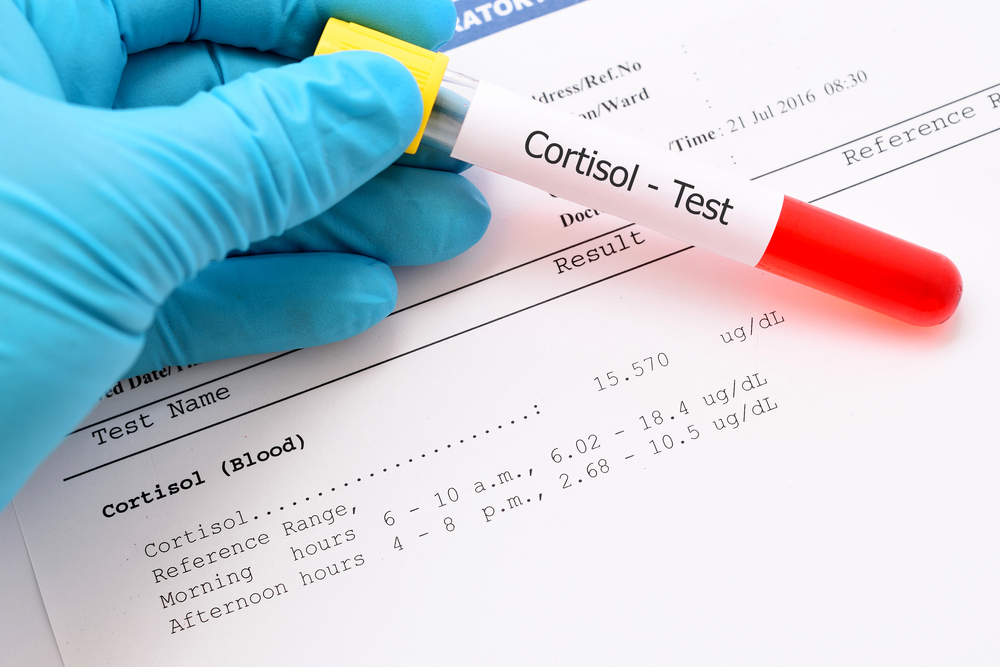Low Cortisol Levels Hours After Surgery Predict Long-term Remission in Cushing’s Patients

The level of decline in blood cortisol levels in the immediate period after transsphenoidal surgery for Cushing’s disease may help predict which patients will achieve long-term disease remission.
The study, “Earlier post-operative hypocortisolemia may predict durable remission from Cushing’s Disease” was published in the European Journal of Endocrinology.
Transsphenoidal surgery (TSS) is a minimally invasive procedure for removing pituitary adenomas and is the primary treatment for Cushing’s disease.
But, while 77 to 98 percent of patients achieve remission after TSS, a third of these patients eventually will see their disease returning.
The surgical removal of the pituitary adenoma often leads to a drop in the adrenocorticotropic hormone (ACTH) and cortisol levels (hypocortisolemia).
“In the post-operative setting, failure to achieve hypocortisolemia is thought to reflect the presence of residual tumor cells,” the researchers wrote in the study. “Therefore, serum cortisol has become a well-established biochemical marker of early surgical remission.”
In an attempt to identify patients with a complete tumor resection – and with lower risk of recurrence – researchers examined the rates of serum cortisol decline in the immediate period after surgery.
The study included 257 Cushing’s disease patients who underwent 291 TSS interventions at the National Institutes of Health (NIH), between 2003 and 2016.
After surgery, patients had their cortisol levels measured every six hours until the third day after surgery. Then, patients had their cortisol levels measured every morning until day 10 or were discharged.
Early remission was defined based on nadir serum cortisol levels – the lowest concentration of cortisol, that is usually reached during the night – below 5 μg/dL.
Of 268 unique admissions, 90 percent of patients (241) achieved remission with a post-operative cortisol nadir below 5 μg/dL within 10 postoperative days.
However, recurrence was seen in 9 percent of these patients. For those with a cortisol nadir below 2 μg/dL, the rates of recurrence dropped to 6 percent.
Interestingly, the team found that cortisol levels below 5 μg/dL by 15 hours after surgery or below 2 μg/dL in the first 21 hours may “accurately predict durable remission in the intermediate term.”
“In our cohort, early, profound hypocortisolemia could be used as a clinical prediction tool for durable remission,” the researchers wrote.
“Such a clinical prediction tool may have significant utility in the management of [Cushing’s disease]. Further validation of its accuracy in a multi-centre prospective study with longer-term follow up is warranted,” the study concluded.






